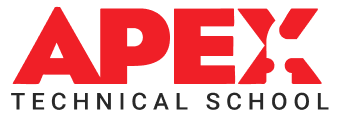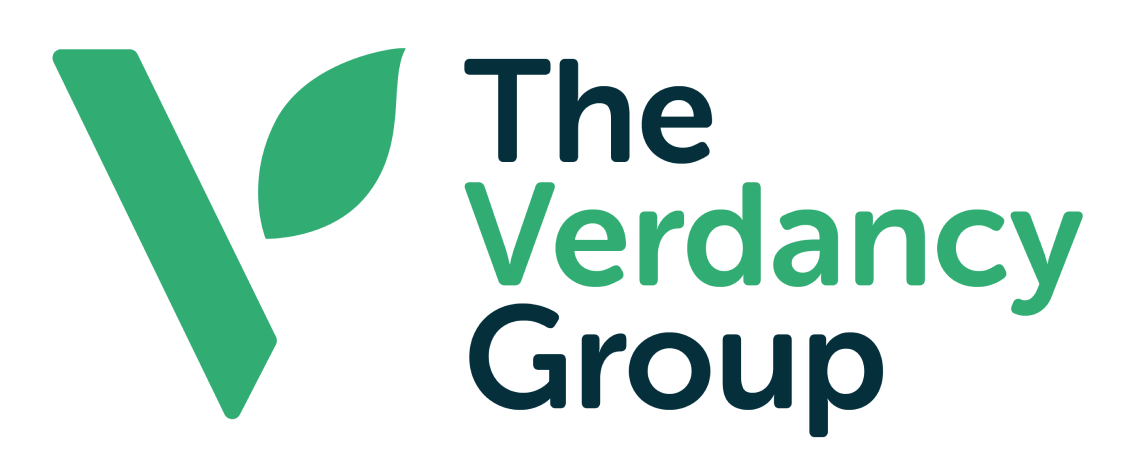Register for FY25
Full-Year Financial and Programmatic Results
Knowing Your Market: Developing Agile Thinking and Organizational Reflexes


August 8, 2022
Over the last several months I have been focused on the elements of an Intelligent Enterprise—one that cultivates a culture where data is shared across the organization and used in real time to make critical organizational decisions.
I want to discuss the concept of building a heightened awareness of the environment in which you do business. In a recent article on Applied Wisdom for the Nonprofit Sector I read about the importance of developing “court sense.” While I am not an avid sports follower, I do know basketball and the importance of being aware of all aspects of what is happening around you on the court. In this article the author stated that “You can’t hone your court sense in a vacuum — or an echo chamber.” I love that message—knowing the marketplace means being in the marketplace, talking to people, asking questions of experts as well as people “on the streets,” honing your sense of curiosity and refining the kinds of questions you ask.
Our job as leaders is to look up, look forward, and look around, and be ready to rapidly respond to changing conditions and threats. We also need to be ready to rapidly respond to new opportunities to innovate. As I stressed in the Insights articles on Active Intelligence, in order to thrive in this complex business environment, we need to ensure access to real time, relevant data. We need to see the world not through the rear view window but through the lens of what is happening in the moment and using that information to anticipate problems, project market trends, rapidly process new information, and continually adjust our strategy.
A critical component of being able to develop court sense is to understand the drivers within your marketplace. These are tumultuous times, and the driving forces seem to change on a daily basis. While we of course need to consider demographic shifts, and the growing demand for sustainable practices, and requirements for diversity and inclusion in our human resource practices, we also need to be aware of the political drivers that are rapidly changing laws, policies and regulations—some which impact government funding and day to day practice.
This kind of attentiveness requires a thorough understanding of your organization’s current position in the marketplace and an agility in thinking—the ability to incorporate the impact of new drivers into your thinking and rapidly reassess your position. This is a skill that improves over time.
Some ideas to sharpen your thinking and organizational reflexes include:
- Reflecting with your board and staff how well they think your organization is strategically positioned to take advantage of change.
- As we discussed in past Insights, continuously seek client feedback and analyze program evaluation data to inform your thinking.
- Integrate market analysis and examination of relevant driving forces, both short-term and long-term, into decision making about new business.
As always, I welcome your thoughts.
Conociendo Tu Mercado: Desarrollando el Pensamiento Ágil y los Reflejos Organizativos
8 agosto 2022
En los últimos meses me he centrado en los elementos de una Empresa Inteligente, una que cultive una cultura en la que los datos se comparten en toda la organización y se utilizen en tiempo real para tomar decisiones organizativas críticas.
Quiero hablar sobre el concepto de construir una mayor conciencia del entorno en él que haces negocios. En un artículo reciente sobre Sabiduría Aplicada para el Sector sin Fines de Lucro; leí sobre la importancia de desarrollar el "sentido de la cancha". Si bien no soy una ávida seguidora de los deportes, conozco el baloncesto y la importancia de estar al tanto de todos los aspectos de lo que está sucediendo a tu alrededor en la cancha. En este artículo, el autor declara que "No se puede pulir el sentido de la cancha en el vacío, o en una sala de audición". Me encanta ese mensaje: conocer el mercado significa estar en el mercado, hablar con la gente, hacer preguntas a expertos y personas "en las calles", perfeccionar tu sentido de curiosidad y refinar el tipo de preguntas que les haces.
Nuestro trabajo como líderes es mirar hacia arriba, hacia adelante y a nuestro alrededor, y estar listos para responder rápidamente a las condiciones y amenazas cambiantes. También debemos estar preparados para responder rápidamente a las nuevas oportunidades de innovar. Como subrayé en los artículos de “Insights" sobre Inteligencia Activa, con el fin de prosperar en este complejo entorno empresarial, debemos garantizar el acceso a datos relevantes en tiempo real. Necesitamos ver el mundo, no a través de la ventana de visión del pasado, sino a través de la lente de lo que está sucediendo en el momento y usar esa información para anticipar problemas, proyectar tendencias del mercado, procesar rápidamente nueva información y ajustar continuamente nuestra estrategia.
Un componente crítico de poder desarrollar el sentido de la cancha es comprender a los impulsores dentro de su mercado. Estos son tiempos tumultuosos, y las fuerzas impulsoras parecen cambiar a diario. Si bien, por supuesto, debemos considerar los cambios demográficos y la creciente demanda de prácticas sostenibles y los requisitos para la diversidad y la inclusión en nuestras prácticas de recursos humanos, también debemos ser conscientes de los impulsores políticos que están cambiando rápidamente las leyes, los reglamentos y las regulaciones, algunas de las cuales afectan la financiación gubernamental y la práctica cotidiana.
Este tipo de atención requiere una profunda comprensión de la posición actual de tu organización en el mercado y una agilidad de pensamiento: la capacidad de incorporar el impacto de los nuevos impulsores a tu pensamiento y reevaluar rápidamente tu posición. Esta es una habilidad que mejora con el tiempo.
Algunas ideas para pulir tu pensamiento y reflejos organizativos incluyen:
- Reflexionar junto con tu junta directiva y tu personal qué tan bien creen que tu organización está estratégicamente posicionada para aprovechar el cambio.
- Como hablamos en Insights anteriores, buscar continuamente la retroalimentación de los clientes y analizar los datos de evaluación del programa para poner al corriente tu pensamiento.
- Integrar el análisis de mercado y el examen de las fuerzas impulsoras pertinentes, tanto a corto como a largo plazo, en la toma de decisiones sobre nuevos negocios.
Como siempre, espero tus comentarios.
Share on
Share on facebookShare on twitterShare on linkedinShare on emailShare on pocket
-min.avif)


